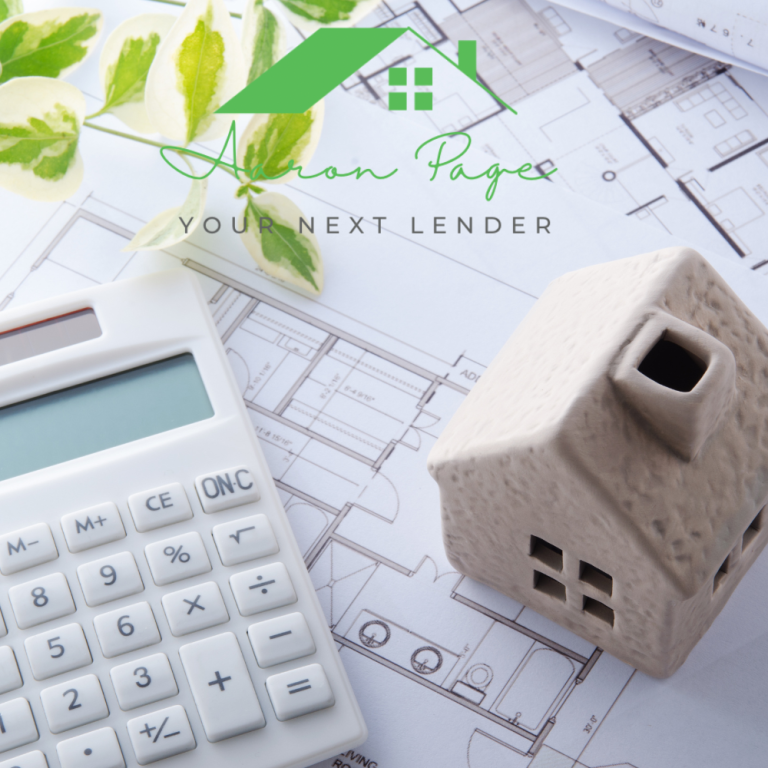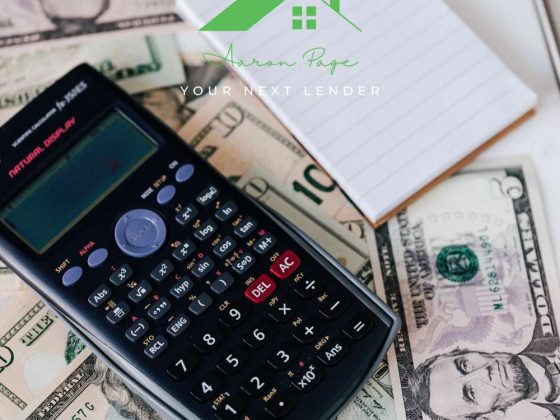The subject of home loans, particularly conventional home loans, warrants thorough examination given their centrality in the real estate market. This blog post provides an in-depth exploration of the concept, types, advantages, and application process of conventional home loans.
1. Defining Conventional Home Loans
In essence, a conventional home loan is a mortgage that is not guaranteed or insured by any government agency. Consequently, it is considered to have a higher risk level for lenders, which often translates into stricter qualification standards for borrowers.
2. Distinguishing Types of Conventional Loans
Conventional loans are subdivided into two primary categories: conforming and non-conforming loans.
Conforming Loans
Conforming loans are named as such because they adhere to the guidelines set forth by Fannie Mae and Freddie Mac, two government-sponsored enterprises. These guidelines include specific limits on the loan amount.
Non-Conforming Loans
On the other hand, non-conforming loans, often referred to as jumbo loans, exceed the loan limits set by Fannie Mae and Freddie Mac. These loans are commonly used in high-cost areas to finance more expensive properties.
3. Advantages of Conventional Loans
Despite the stringent requirements, conventional home loans offer several advantages. To begin with, they typically offer more competitive interest rates than their government-backed counterparts, leading to lower monthly payments. Furthermore, conventional loans afford more flexibility in terms of loan amount and property types. They also require fewer bureaucratic hurdles, which can streamline the loan approval process.
4. Applying for a Conventional Home Loan
The process of applying for a conventional home loan entails a series of steps.
Firstly, prospective borrowers should review their financial standing, primarily their credit score, income, and debt-to-income ratio, as these will directly impact the loan approval decision.
Next, borrowers should shop around for the best possible mortgage rates from various lenders. This process involves a prequalification stage where lenders provide an estimate of the loan terms they can offer based on the borrower’s financial information.
Following this, a more detailed loan application is submitted, often accompanied by various financial documents such as bank statements, pay stubs, and tax returns. Subsequently, an appraisal of the property is carried out to determine its market value.
Finally, the loan application is forwarded to the lender’s underwriting department, which conducts a thorough review of the borrower’s financial circumstances and the property appraisal. If the application is approved, the closing process begins, culminating in the borrower receiving the loan and becoming the owner of the home.
In conclusion, conventional home loans, with their competitive interest rates and flexibility, present an attractive financing option for many homebuyers. While their rigorous requirements may seem daunting, understanding the underlying process and taking the time to adequately prepare can significantly increase the chances of loan approval. Therefore, potential borrowers are encouraged to conduct comprehensive research and engage the services of experienced professionals to navigate the path to homeownership successfully.




